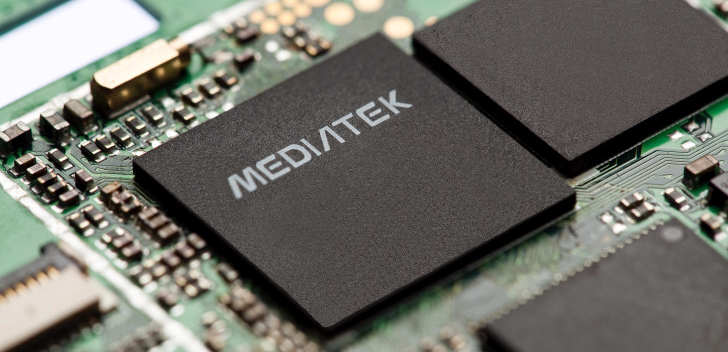MediaTek has been busy in the last few months. In December, the semiconductor company launched the Helio X23 and X27 system-on-chips, which were upgrades to the previous X20 and X25, respectively. Then, just earlier this month, we saw the announcement for the Helio P25, a new SoC that hoped to bring some premium smartphone features (especially in regards to photography) to a mid-level chip. And now we have the Helio X30 announced at MWC, MTK's newest high-end entrant that could start a new chapter for the company.
The X30 marks MediaTek's most powerful SoC yet. In its 64-bit deca-core — manufactured at a 10nm process —Tri-Cluster setup, you will find dual Cortex A-73 cores clocked at 2.5GHz, four Cortex-A53s set at 2.2GHz, and quad Cortex-A35s coming in at 1.9GHz. All together, the CPU can support three downlink Carrier Aggregation (3CA) and two uplink Carrier Aggregation (2CA) using the LTE WorldMode Cat.10 modem for high content volume streaming.
It also features the tailored Imagination PowerVR Series7XT Plus GPU at a frequency of 800MHz. In short, the Helio X30 all together can handle up to 8GB of LPDDR4x RAM clocked at 1866MHz and UFS 2.1 storage. For the camera, the SoC has two 14-bit image signal processors (ISP) that can utilize 16MP+16MP layouts. MediaTek claims that the included ClearZoom (better high zoom ratios) and Total Noise Reduction technologies will lead to much crisper pictures. There is also a new Vision Processing Unit (VPU) alongside the ISP to take some of the image processing workload off of the CPU and GPU.
We also saw the new CorePilot 4.0 make its debut in this announcement. Just as a reminder, CorePilot is something that MediaTek has been iterating on for a few years now. It includes intelligent task scheduling, UX monitoring, and the System Power Allocator technology to utilize only the resources that the system needs. For the user, this means an optimal experience with efficient battery usage. CorePilot does this by directing which CPU cluster is active and at what clock speed, controlling power allocation to regulate the thermal output. Basically, it's a bunch of interesting stuff to make the devices it's powering run smoother and more efficiently.
Okay, so that was a lot of new stuff. How phone manufacturers choose to use all or some of that remains to be seen, but it looks like MediaTek is still trying to shake off its reputation. I look forward to seeing if that happens.
Source: MediaTek Helio X30, MediaTek CorePilot 4.0

